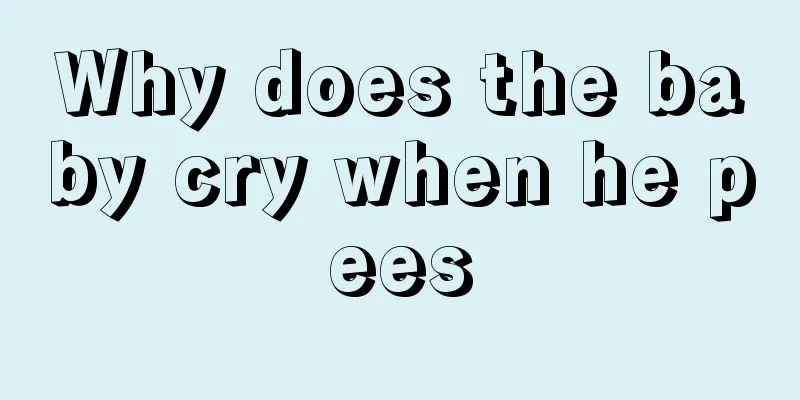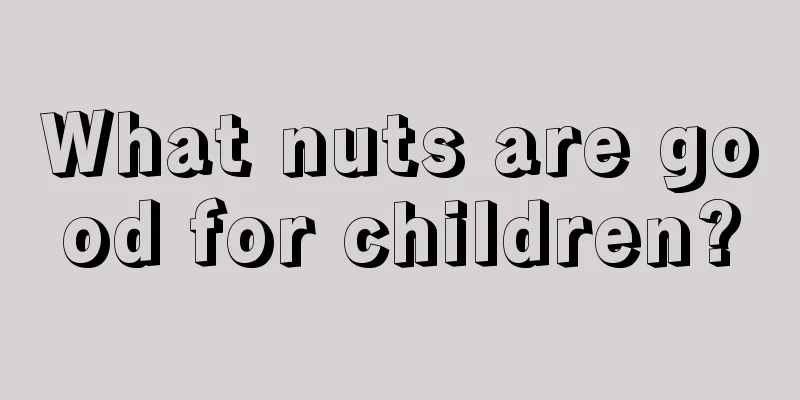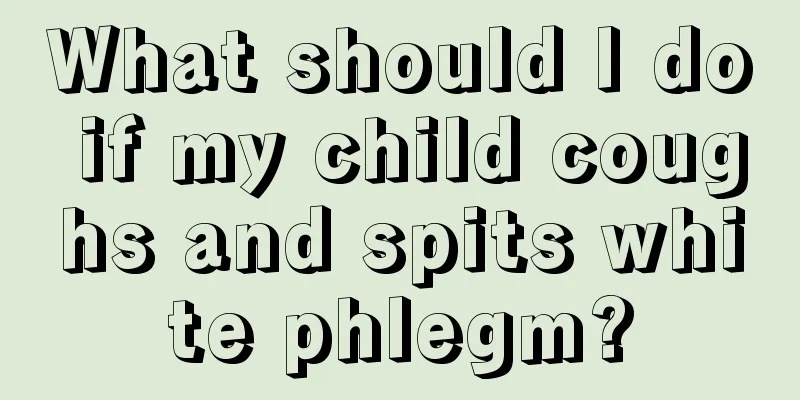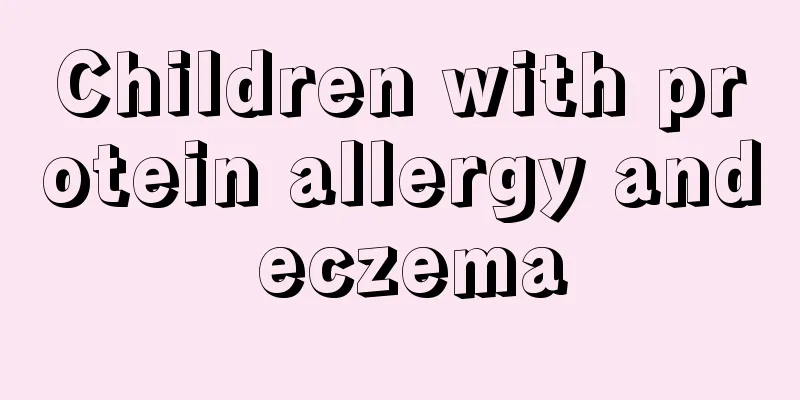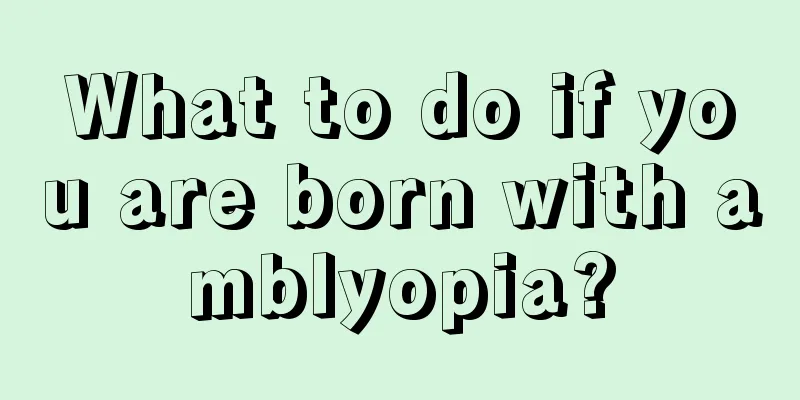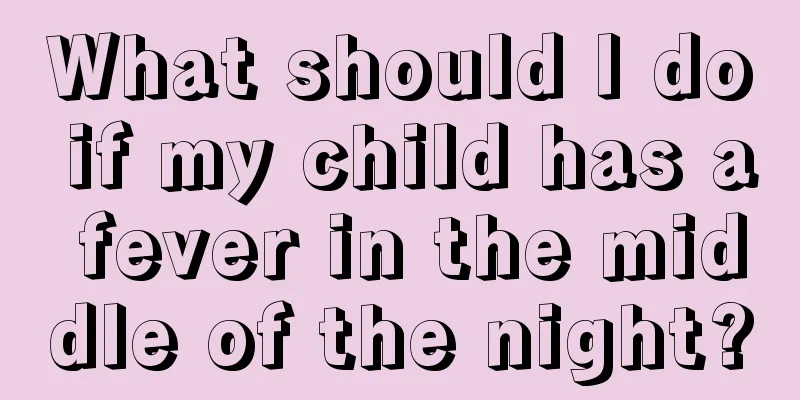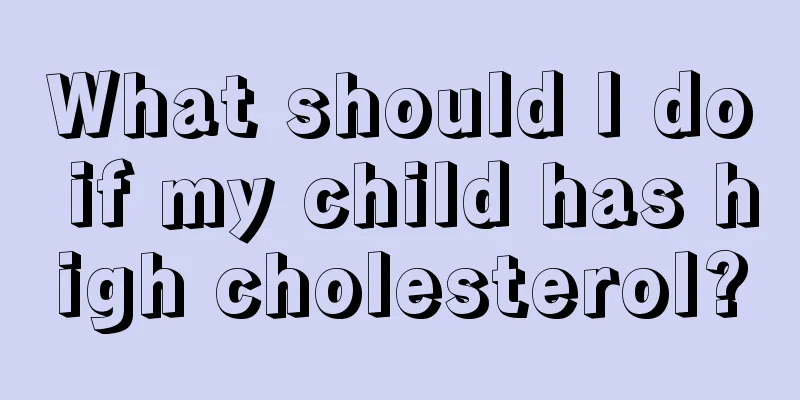What are the physical methods for reducing fever in children?
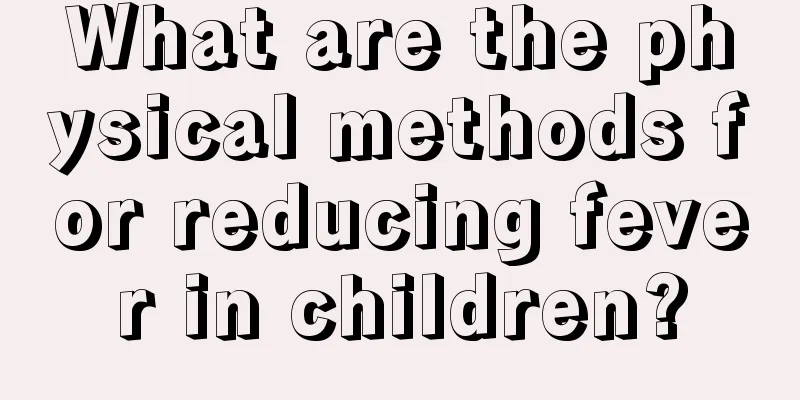
|
Fever refers to a body temperature that exceeds the upper limit of the normal range and is a very common symptom in children. The normal axillary temperature of a child is 36-37℃. If the axillary temperature exceeds 37.4℃, it can be considered as a fever. Fever is actually a protective response of the body in fighting invading pathogens. It is a process in which the human body mobilizes the immune system to resist infection. However, excessive fever or long-term fever can affect the body's various regulatory functions, thus affecting the child's physical health. Therefore, children's fever cannot be ignored. So, what are the physical methods to reduce children's fever? 1. Take a bath (but don’t have a cold, just a simple fever) When the body temperature is 37 to 38 degrees Celsius: No need to rush to reduce the fever Fever itself helps kill bacteria and enhance immunity, so there is no need to rush to reduce the fever when it is not too high. Blindly reducing fever often causes many adverse reactions. Due to the rapid reduction of fever and excessive sweating, it is easy to cause collapse and circulatory system problems. 2. Use a thick paper towel to absorb enough water and place a piece of it on the heart position of the forehead. Use a hot towel to wipe other parts. When the temperature is 38 to 38.5℃: bathe the whole body with warm water and drink plenty of water 3. When the body temperature is above 39℃: use a cold water pillow In addition to taking antipyretic drugs, you can use a cold water pillow to use the lower temperature for local heat dissipation. The soft cold water pillows currently on the market are very convenient and the temperature is not too low, so they can be used by older infants and children. However, it is not recommended for infants under 6 months old, because it is difficult for infants to turn their bodies, which may cause local overcooling and frostbite or hypothermia. When the body temperature exceeds 40°C: Warm alcohol bath Using warm alcohol to wipe the body can lower the temperature of the whole body. Please note that you must use "warm water" plus 70% alcohol, diluted in a 1:1 ratio. The diluted water temperature should be about 37 to 40°C, and then wipe the limbs and back. If you wipe directly with alcohol, the baby will feel very cold, very uncomfortable, and even convulse. After wiping, you can cover your body with a bath towel and wait for 5 to 10 minutes. When the alcohol is almost evaporated and the blood in the body circulates to the body surface, making the skin warm again, repeat it a second time. Repeat this about three times, and the temperature inside and outside the body will drop rapidly. Because it reduces fever quickly, this method is suitable for babies over 1 year old and can be used when the body temperature is above 40℃ and is difficult to reduce. When shivering: add appropriate clothes If your baby's limbs are cold and he or she is shivering violently (chills), it means he or she needs warmth, so cover him or her with an extra blanket. When sweating: Take off clothes appropriately If your limbs, hands and feet are warm and your whole body is sweating, it means you need to dissipate heat and you can wear less clothes. What are the physical methods for reducing fever in children? The above content has given us the answer. The baby's body temperature may rise if the baby encounters respiratory infections, allergies, vaccination reactions, etc. However, the baby's body temperature center is not yet fully developed, and the mother cannot use medication indiscriminately. So when the baby has a fever or a high fever that does not go away, I hope the physical methods of reducing fever for children introduced above can help mothers. If the baby still does not cool down after using physical methods to cool down the baby, you still have to take the baby to the hospital for treatment in time. Do not delay the best time for the baby to see a doctor, so as not to endanger the baby's health! |
<<: What to do if your child has phlegm and cough
>>: What should I do if my child has shazi?
Recommend
What to do if a 5-year-old child has eczema
Many parents actually don’t know what eczema is, ...
Can my baby take calcium supplements when he has a cold? Things to keep in mind
Many parents often give their children calcium su...
What are the symptoms of encephalitis in a 9-year-old child?
Brain diseases are relatively serious for humans,...
Causes of Breast Lumps in Children
When children are young, parents will pay special...
What kind of soup is nutritious for children?
When children are young, parents must ensure that...
18 common foods that children should not eat too much no matter how much they like them
Salt Children should not consume more than 5 gram...
5-year-old baby sweats when sleeping at night
If a 5-year-old child sweats while sleeping at ni...
What to do if the baby falls to the ground
Many parents are first-time parents and do not ha...
Why do children develop eczema around their mouths?
Since the baby was born, every move of the baby h...
White spots on baby's face
Compared with adult skin, baby's skin is more...
Young children cannot distinguish between wind-cold and wind-heat
Generally speaking, wind-cold colds mostly occur ...
What to do if you have a cough at night even though you are fine during the day
Having a healthy body is very important for every...
What factors affect a child's height?
Height is the first criterion for appearance and ...
Can babies drink ginger soup when they have a cold?
Can babies drink ginger soup when they have a col...
What are the symptoms and prevention measures of mumps?
Mumps is a common disease that occurs when the pa...
